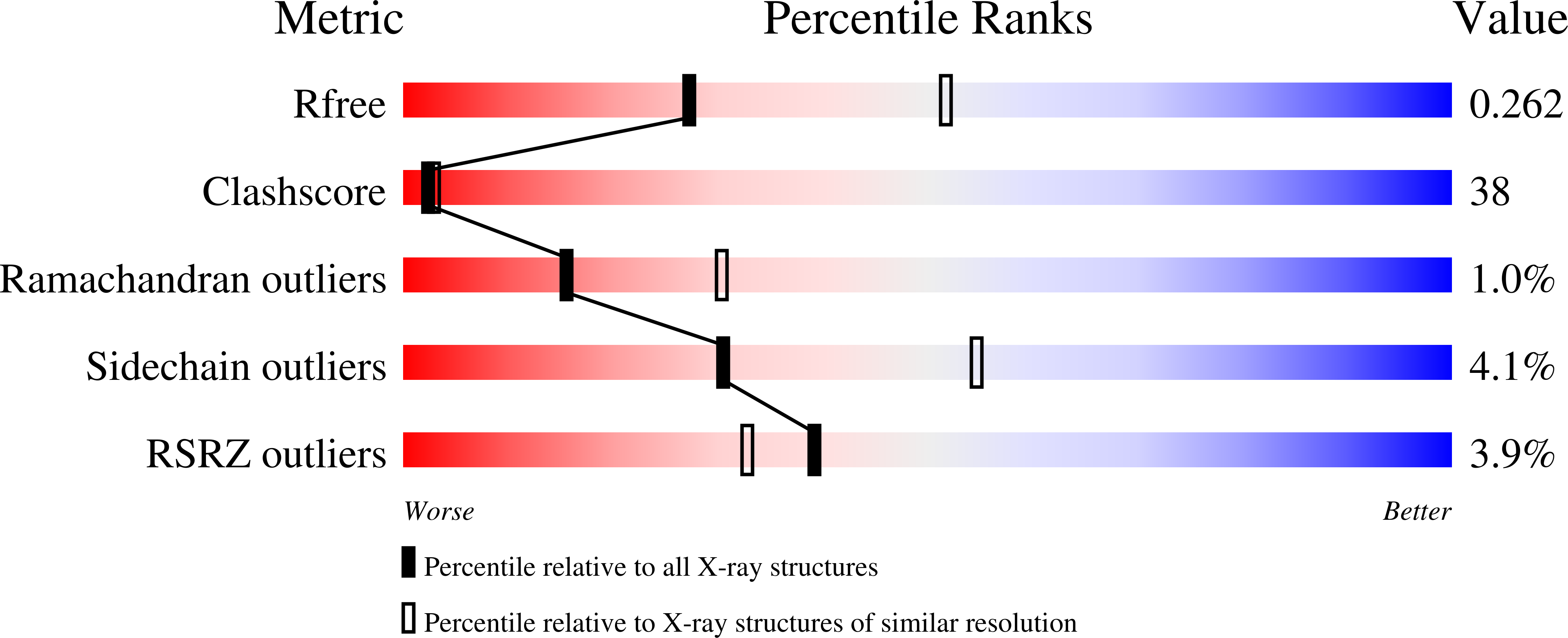
Deposition Date
2002-12-03
Release Date
2003-07-15
Last Version Date
2023-12-27
Entry Detail
PDB ID:
1J1D
Keywords:
Title:
Crystal structure of the 46kDa domain of human cardiac troponin in the Ca2+ saturated form
Biological Source:
Source Organism:
Homo sapiens (Taxon ID: 9606)
Host Organism:
Method Details:
Experimental Method:
Resolution:
2.61 Å
R-Value Free:
0.29
R-Value Work:
0.26
Space Group:
P 1 21 1


